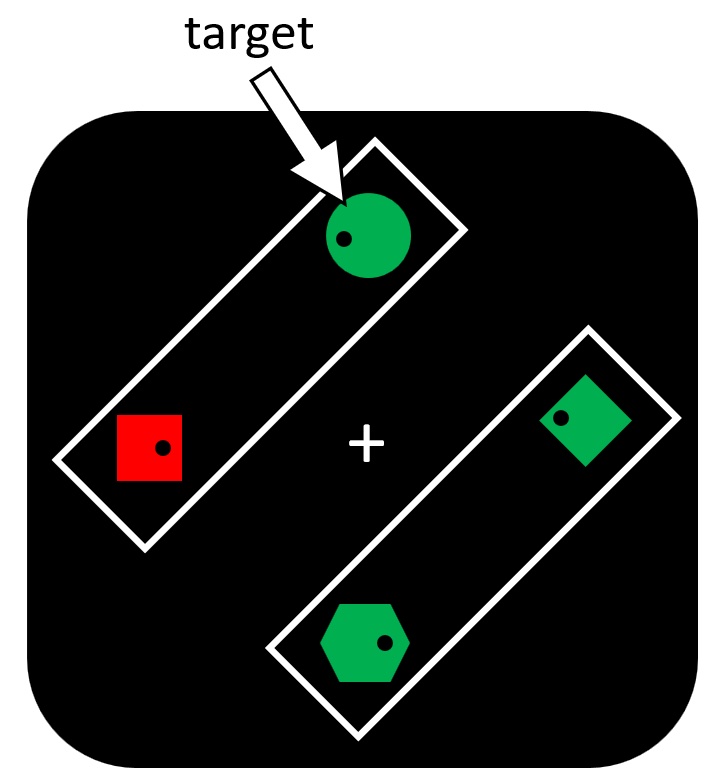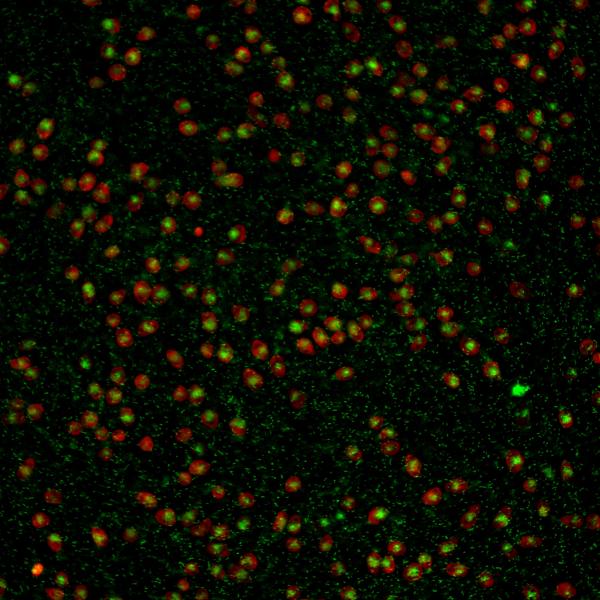Trying to find a needle in a haystack? A new study by researchers in the Department of Psychological & Brain Sciences suggests a little distraction could be a good thing.
Whether we’re looking for our favorite cereal at the grocery store or searching for our car in the parking lot, most people know the challenge of spotting one item in a sea of distractions. “There’s so much information coming at us from our visual world,” said Richard Abrams, professor of psychological and brain sciences. “We cannot process all of it, so we have to pick and choose which objects get our attention.”

Psychologists have spent decades studying the brain’s ability to target specific objects, but a recent study by Abrams and graduate student Xiaojin Ma has led to a surprising finding: In some situations, distractions can help us focus on what matters.
The study, published in Psychological Science, involved 120 college students who were asked to find a target object — a green circle — among an assortment of decoy objects on a computer screen. “We designed it so the target object and the other objects competed for attention,” Ma said.
Through a series of five experiments, Abrams and Ma found ignoring a red "distractor" helped the students better focus on a nearby target that was in a distinct green color. The students were told ahead of time that the target was green and the distractors were red. “It created a contrast that helped the target stand out,” Abrams said.
The advantage only occurred when the targets and distractors were enclosed in rectangular frames. “This increased competition among items and enhanced the effect," Abrams said.

The findings offer new insight into the brain’s ability to sort through visual information, Ma said. “We are always performing some sort of visual task where we’re looking for something,” she said. “Being able to ignore a distractor can help you better focus on what’s relevant.”
While the WashU researchers’ experiments involved shapes on a computer screen, their insights could apply to high-stakes situations that demand close attention, such as radiologists looking for anomalies on an X-ray or TSA workers scanning luggage for weapons. “The screener might be more likely to notice a dangerous item if it’s near a hair dryer or some other non-target item that the screener tries to ignore,” Abrams said.
Ma said future experiments could use new groupings viewed from different distances to see if well-placed distractions can lead to even more efficient visual processing. In the right context, it seems, a little distraction can be a good thing.
Header image credit: Anna Shvets / Pexels




